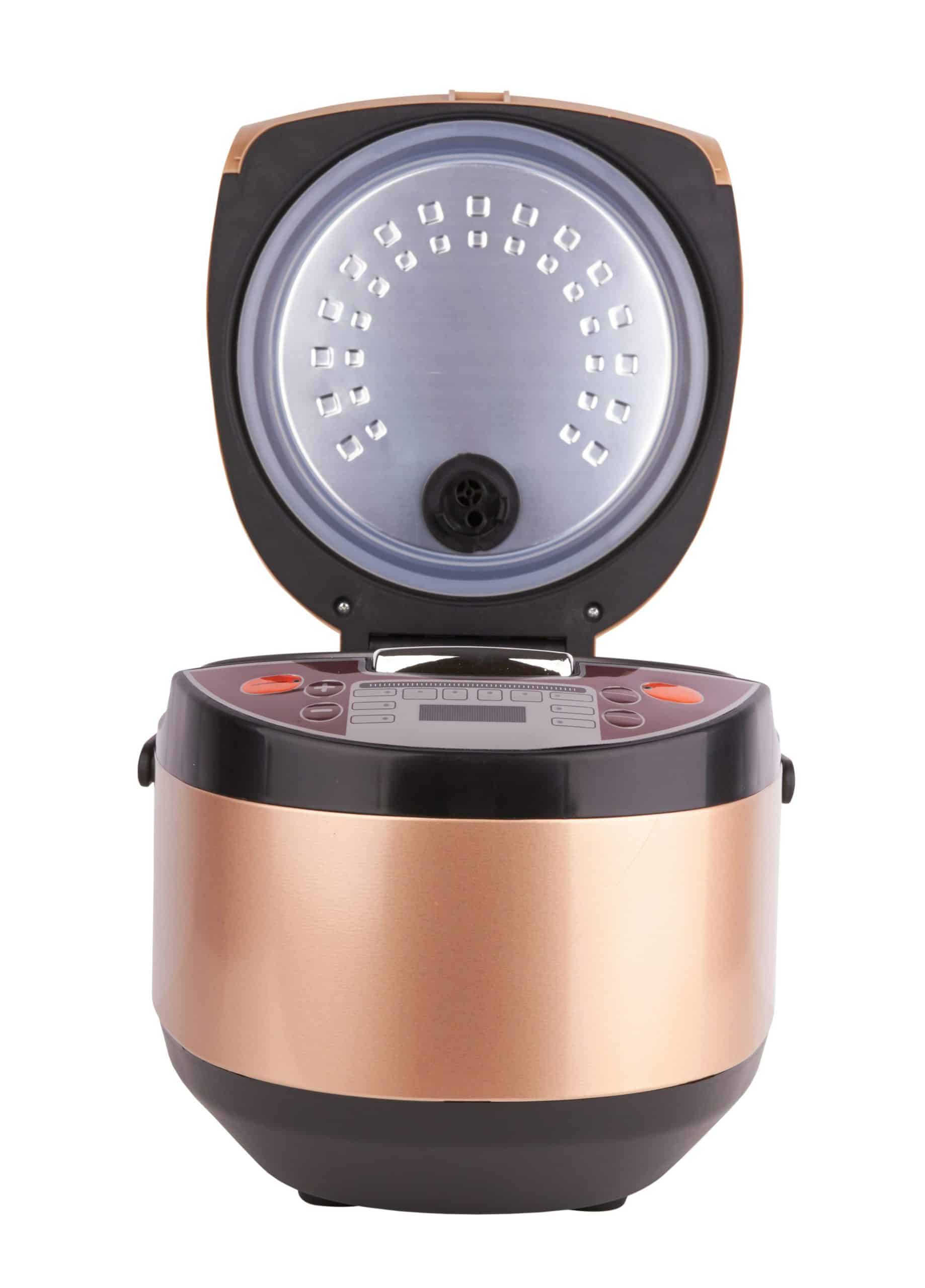When it comes time to carry out some basic maintenance on your Kawasaki Z1000, one task you can’t overlook is replacing the spark plugs. This key component in the ignition system of your bike is responsible for igniting the fuel-air mixture within the engine’s cylinders, ensuring your bike runs smoothly and efficiently. This article will guide you on how to efficiently replace the spark plugs on your Kawasaki Z1000 using the right plugs, the correct procedure, and the appropriate tools.
Why it’s important to replace spark plugs regularly
Before we dive into the how, let’s discuss the why. Spark plugs do a lot of heavy lifting in your bike’s engine. They create the spark that ignites the fuel, which in turn drives the engine’s pistons. Over time, these plugs can accumulate deposits, wear out, and stop working as effectively. When this happens, the bike’s performance can suffer – fuel consumption may increase, acceleration may become sluggish, and you may even experience misfires or trouble starting the bike.
Also to see : Can installing a slip-on exhaust on my Yamaha MT-07 void its warranty?
Replacing the spark plugs at the recommended intervals – or sooner if you notice any of these issues – is essential to maintain your bike’s performance and efficiency. Moreover, regular spark plug replacement will prolong the life of your bike’s engine.
Choosing the right spark plugs for your Kawasaki Z1000
When it comes to choosing spark plugs, one size does not fit all. Each bike has a specific type of plug that will fit correctly and perform optimally. For your Kawasaki Z1000, you may consider NGK as they have a reputation for being well-designed and reliable.
Also read : Can I use regular unleaded gasoline in my Suzuki Hayabusa or should I opt for premium?
The part number, or MPN, is another crucial factor to consider. This alphanumeric code corresponds to the plug’s specific features, including the thread size, heat range, and electrode material and design. For instance, a standard NGK plug for the Kawasaki Z1000 typically has an MPN of CR9E.
The electrode should ideally be made of a durable material such as iridium or platinum. These materials resist wear and enable the spark plug to maintain its sharp edge for a longer time, which leads to more efficient combustion.
Gathering the necessary tools
Before you start the process of replacement, ensure that you have the necessary tools. An essential tool you will need is a spark plug socket. This is a must-have as its unique design allows it to grip the plug securely without damaging the electrode.
In addition, you’ll need a torque wrench to ensure the plugs are tightened to the manufacturer’s specifications. You don’t want to risk over-tightening, as this can damage the plug or the engine.
The step-by-step replacement process
Now, let’s move on to the actual process of replacing the spark plugs.
Step 1: Start by removing the seat and the fuel tank. This will give you access to the spark plug caps. Once you’ve done this, disconnect the caps from the plugs.
Step 2: Next, use your spark plug socket to remove the old plugs. Remember to do this slowly and carefully to avoid damaging the engine.
Step 3: Before installing the new plugs, check their gap setting. This is the distance between the center and side electrode, and it’s critical for proper ignition. For the Kawasaki Z1000, the standard gap is 0.7-0.8mm.
Step 4: Now you’re ready to install the new plugs. Carefully fit them into the socket, then use your torque wrench to tighten them to the recommended specification – for NGK plugs, this is typically 10-14 Nm.
Step 5: Once the plugs are installed, reconnect the spark plug caps. Make sure they’re securely connected or the bike may not start.
Step 6: Finally, replace the fuel tank and the seat. Your bike is now ready to hit the street.
Remember, while this guide provides a general overview of the process, it’s always a good idea to consult your bike’s service manual for specific instructions.
Maintaining your spark plugs
Replacing your spark plugs is an important aspect of bike maintenance. However, maintaining your plugs can extend their lifespan and keep your bike’s engine in top shape.
Regularly checking and cleaning your spark plugs can help you spot signs of damage or wear and tear early. When cleaning, use a wire brush or a spark plug cleaning tool. Also, checking the color and condition of the plugs can give you insight into the health of your engine.
In a nutshell, efficient spark plug replacement and maintenance can indeed increase the life and performance of your Kawasaki Z1000. Remember to choose high-quality, well-designed plugs that fit your bike’s specifications. Don’t rush through the replacement process, and always use the right tools for the job. After all, a well-maintained bike is not only a joy to ride, but also a dependable companion on the road.
Advanced DiamondFire Technology for Spark Plugs
The technology behind the spark plugs also plays a significant role in the efficiency of your Kawasaki Z1000. One such technology is the Advanced DiamondFire. The design of these spark plugs features a ground electrode with a diamond shape that facilitates a faster burn and better combustion, enabling optimal performance of your bike’s ignition system.
The Advanced DiamondFire electrode design is aimed at improving the power, fuel efficiency, and reducing emissions of your bike. The diamond-shaped design of the electrode allows the flame kernel to grow faster and larger, resulting in a more complete combustion of the fuel-air mixture in the engine’s cylinders. This translates to a quicker throttle response, smoother idle, and fewer misfires, making your ride more enjoyable and trouble-free.
Moreover, the Advanced DiamondFire design also contributes to the longevity of the spark plugs. The design’s ability to facilitate faster burn reduces the amount of wear and tear on the spark plugs, extending their life span. This means less frequent changes of spark plugs, saving you both time and money.
Remember, when choosing spark plugs with this technology, ensure they are compatible with your Kawasaki Z1000. Always refer to the set MPN and cross-reference it with your bike’s specifications.
The Importance of Spark Plug Wires
While the focus is often on the spark plugs themselves, it’s also crucial to pay attention to the spark plug wires. These wires, which connect the ignition system to the spark plugs, play a significant role in the overall performance and efficiency of your bike.
The primary function of spark plug wires is to deliver an electric current from the ignition system to the spark plugs. This current is what the spark plugs use to create the spark that ignites the fuel-air mixture in the engine’s cylinders. Poor-quality, damaged, or old wires may interrupt this current, leading to a weak spark or, in some cases, no spark at all. This can result in inefficient combustion, poor performance, and even difficulty starting the bike.
Therefore, when replacing your spark plugs, it’s also a good idea to inspect the condition of your spark plug wires. Check for any signs of wear and tear such as cracks, burns, or corrosion. If you find any, it’s best to replace the wires as well.
Always remember, a well-maintained ignition system, including both the spark plugs and the plug wires, contributes significantly to a smooth, fast, and trouble-free ride, whether it’s on the street or track.
Conclusion
Efficient replacement and maintenance of the spark plugs on your Kawasaki Z1000 are essential aspects of your bike’s upkeep. Remember, spark plugs are not one-size-fits-all. Always choose a compatible, high-quality product, such as those with the Advanced DiamondFire technology and reliable brands like NGK. Regularly inspect and clean your plugs glow and plug wires to extend their lifespan and maintain your ignition system’s optimum performance.
The replacement process, while straightforward, should be carried out carefully using the correct tools to avoid damage to your engine. Always consult your bike’s service manual for specific instructions and torque specifications.
Investing time and effort in maintaining your bike’s spark plugs and ignition system isn’t just about preventing problems or breakdowns. It’s about ensuring that your Kawasaki Z1000 is always ready for a ride, delivering the performance you expect, and providing you with a dependable and exciting riding experience. The 20th of April, 2024, is a great day to start if you haven’t already. Your Kawasaki Z1000 deserves the best care you can give it.











